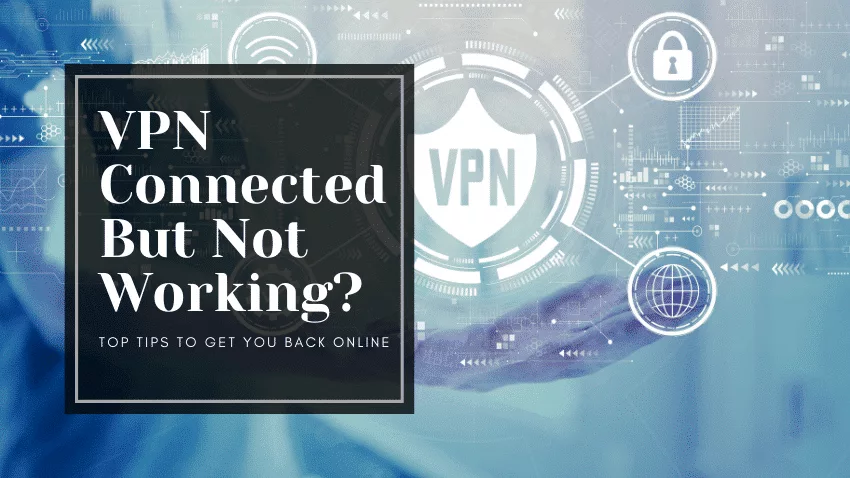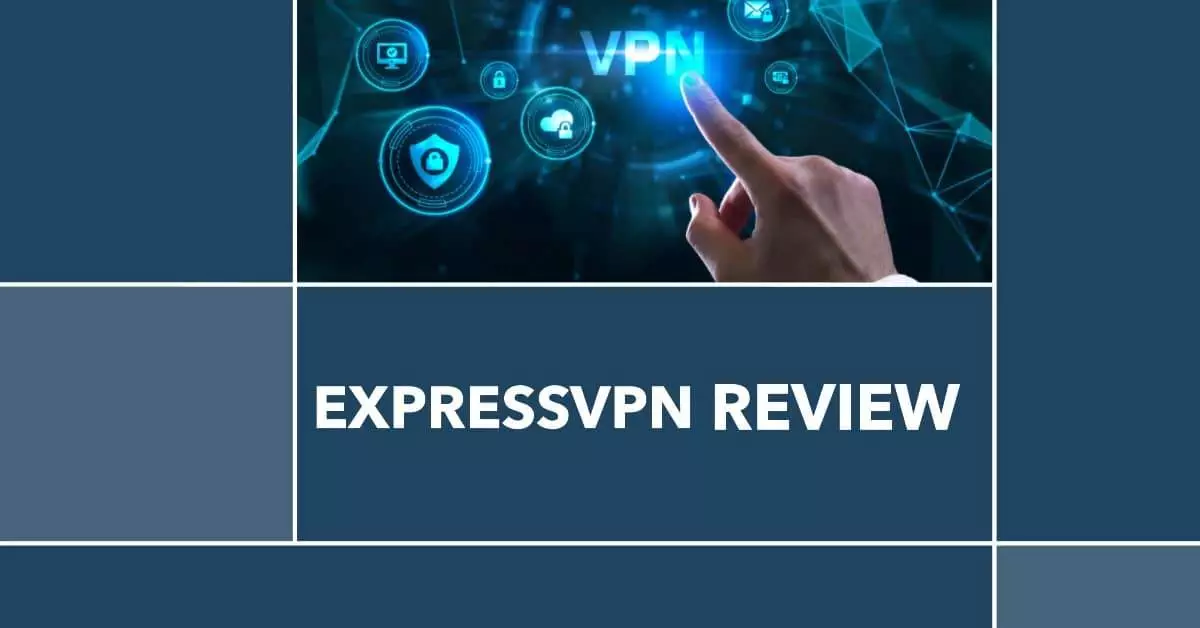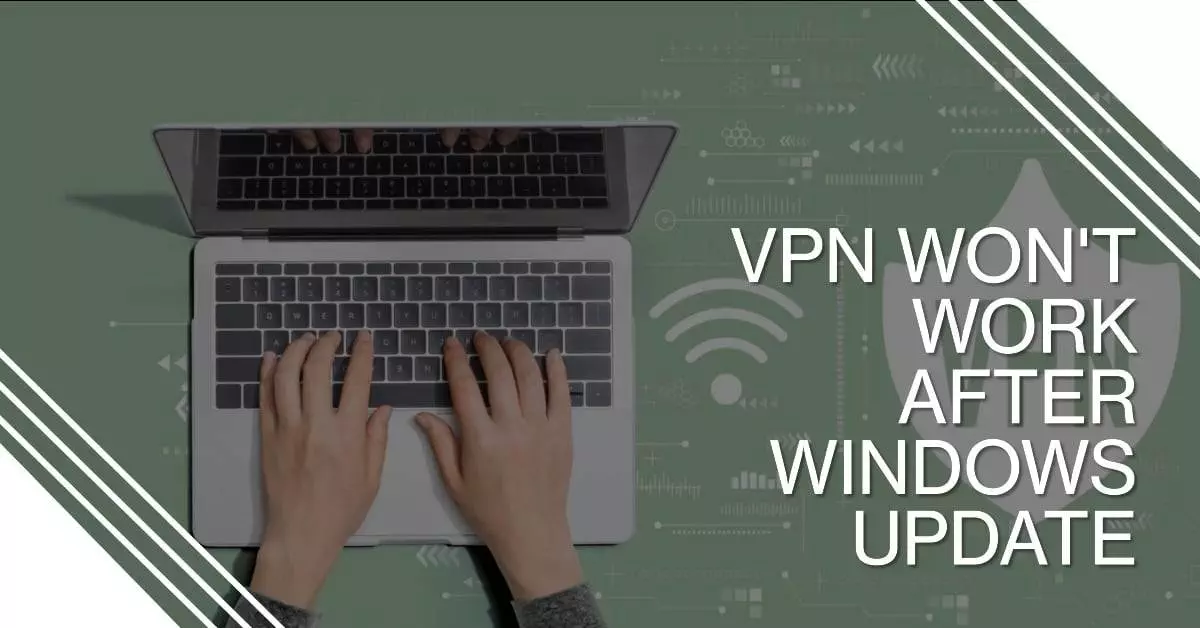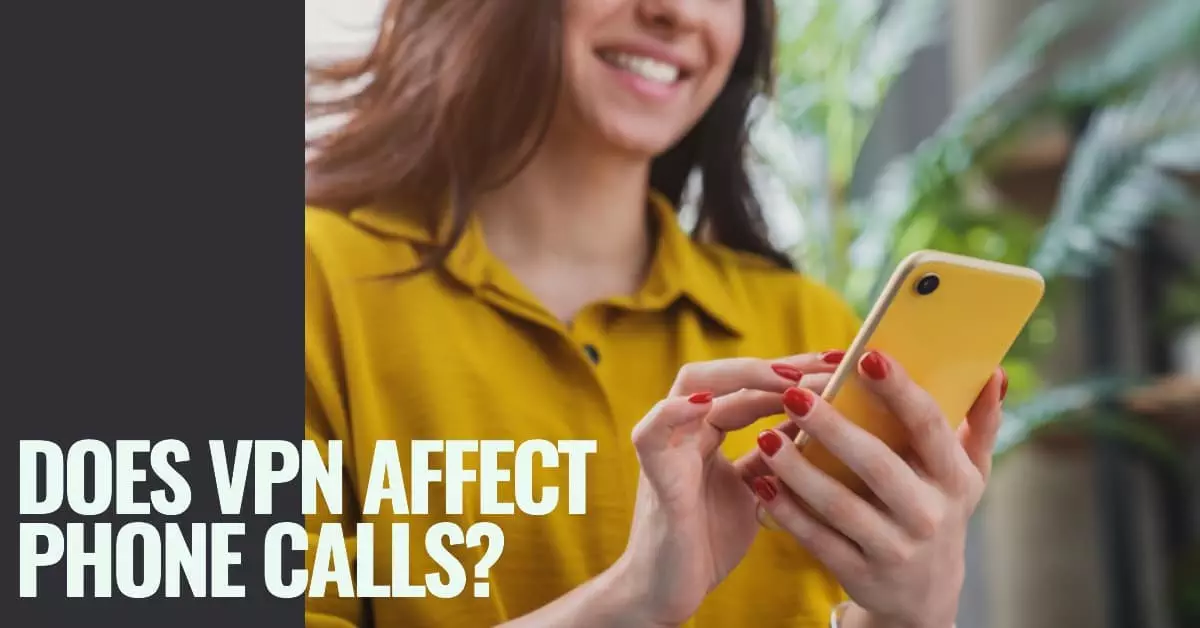Is your VPN connected but not working? If so, you’re not alone. You may see the little VPN icon in your system tray, but when you try to open your browser or run an application, you get an error message instead.
In this guide, we’ll walk you through some common reasons why VPNs can be connected but not working, as well as some troubleshooting steps that can help fix the problem.
7 Common Reasons For VPN Connectivity Issues
1. The Server Is Down or Overloaded
Most VPNs offer a wide selection of servers, spread out across the globe. When you connect to a VPN, you’re usually assigned to a server in your region. But sometimes, servers can go down or become overloaded.
If you’re trying to connect to a specific server and it’s not working, it may be worth trying another server in the same region. If all the servers in a particular region are down, you may need to connect to a server in a different region.
2. Your IP Address Has Been Blocked
In some cases, your IP address may have been blacklisted by the service or website you’re trying to access. This can happen if you’ve been using a VPN with a shared IP address and another user has been doing something that violates the terms of service.
If you think your IP address has been blocked, you can try contacting the website or service directly to ask if they will whitelist your IP address.
3. You Have a Poor Internet Connection
A poor internet connection can be one of the most frustrating reasons for a VPN not working. If your internet connection is slow or unreliable, it can cause problems with your VPN tunnel.
One way to test if your internet connection is the problem is to disconnect from your VPN and try to browse the web without it. If you’re able to browse without any issues, then your VPN is likely the cause of the problem.
4. You’re Using An Outdated VPN
Using any outdated software often results in security vulnerabilities and users encountering bugs. This is especially true for VPNs, which are often used to protect your data and privacy.
If you’re using an outdated VPN, it may not be able to properly encrypt your traffic or connect to the servers you need. It’s important to keep your VPN software up-to-date to ensure that you’re getting the best possible security and performance.
5. Your VPN Settings Are Incorrect
If you’re sure that your internet connection is good, the server you’re trying to connect to is up, and you’re using a current version of your VPN software, then the problem may be with your settings.
It’s possible that you’ve misconfigured something in your VPN settings. If you’re not sure what to do, it’s best to contact your VPN’s customer support for help.
6. You Have Antivirus or Firewall Software That Is Blocking Your VPN
In some cases, your antivirus or firewall software may be blocking your VPN traffic. This is usually because the software has identified the VPN traffic as being suspicious.
If you think this may be the problem, you can try temporarily disabling your antivirus or firewall software and see if that fixes the issue. If it does, you’ll need to add an exception for your VPN traffic.
7. Your VPN Kill Switch Is Turned On
One of the best features of a VPN is the kill switch – a security feature that will block all internet traffic if your VPN connection is lost.
The problem is, a kill switch can accidentally block internet traffic even when your VPN is working properly. If you think this may be the problem, you can try turning off your VPN’s kill switch and see if that fixes the issue.
5 Potential Solutions to Get You Back Online
Change your VPN protocol
Most VPNs nowadays offer a wide range of protocols to choose from that allow you to tailor your connection to your specific needs. If you’re having trouble connecting, it may be worth trying a different protocol.
Simply open your VPN software and look for the settings or options to change protocols. Once you’ve selected a different protocol, try connecting again.
Restart your computer or device
‘Turn it off and back on again’ is one of the most common pieces of advice for fixing just about any problem – and it often works. If you’re having trouble connecting, try restarting your computer or device and then trying again – it may be all you need to do.
Connect to a different server location
If you’re still having trouble connecting, it may be worth trying a different server location. Each VPN server has its own unique IP address and connection speed.
Sometimes, the server you’re trying to connect to may be overloaded or experiencing technical difficulties. In this case, simply select a different server from your VPN software and try connecting again.
Adjust your proxy settings
If you’re using a proxy server in addition to your VPN, it’s possible that the proxy settings are causing problems. To fix this, simply open your web browser’s settings and look for the ‘proxy’ or ‘advanced’ settings. From here, you can change or disable your proxy settings.
Change your DNS server configuration
If you’re still having trouble connecting, it may be worth trying a different DNS server configuration. By default, most VPNs will use your ISP’s DNS servers. However, you can usually change this in the settings of your VPN software.
There are a number of public DNS servers that you can use, such as Google Public DNS or Cloudflare DNS. To change your DNS server configuration, simply open your VPN software and look for the ‘DNS’ or ‘Network Settings’ settings. From here, you can add or remove DNS servers as needed.
Final Thoughts on VPN Connected But Not Working
As you’ll now know, there are a number of reasons your VPN may be connected but not working. By following the troubleshooting steps in this article, you should be able to fix the problem and get back online in no time.
So, be sure to give them a try, and if all else fails, it’s best to contact your VPN’s customer support or visit the FAQ section on their website. Either way, they’ll be more than happy to help you out and get you back online as soon as possible.
Thank you for reading! We hope this article helped you fix the problem. If it did, please share it with your friends and family to help them out too!




Leave a Reply